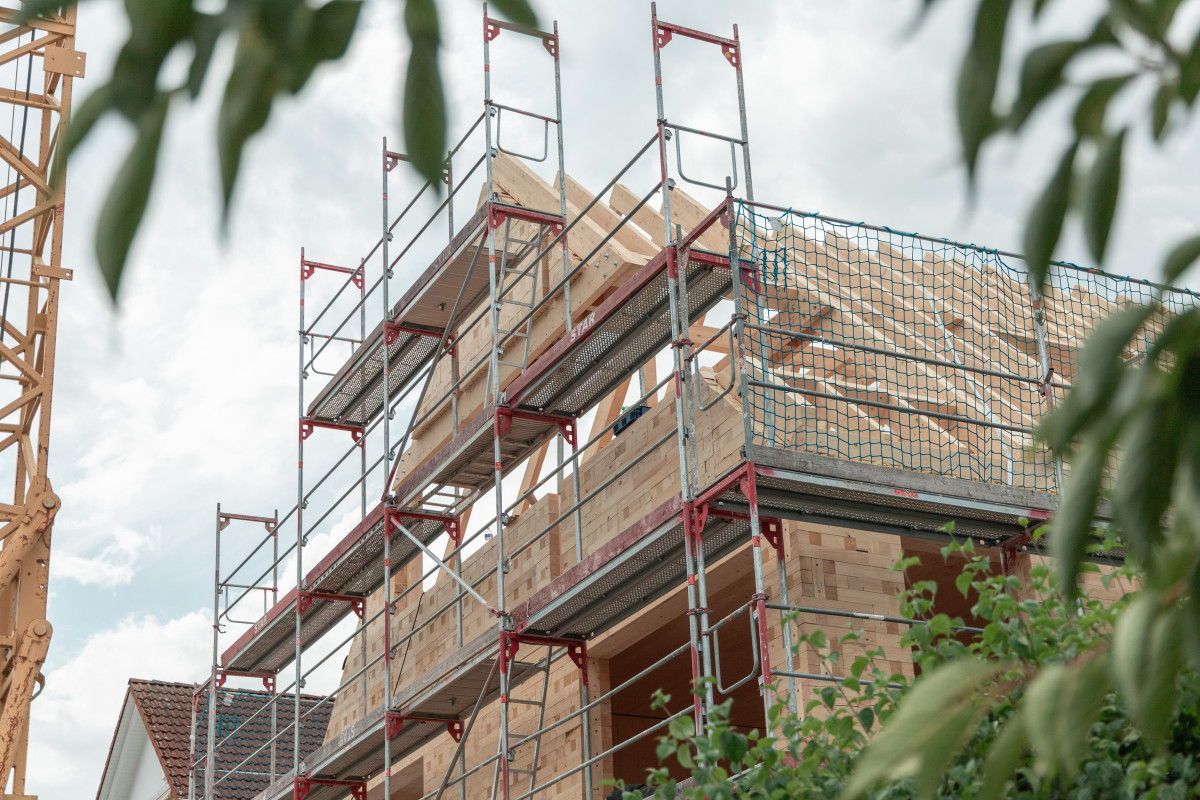Discover The Best Recycled Materials For Sustainable Infrastructure
As society continues to grapple with the effects of climate change and strive towards sustainability, the use of recycled materials in infrastructure projects is becoming increasingly popular. By repurposing materials that would otherwise end up in landfills, this practice not only reduces waste but also contributes to the conservation of natural resources.
From roads and bridges to buildings and landscaping, incorporating recycled materials can help lower construction costs while also promoting eco-friendly practices. In this article, we will delve into the various types of recycled materials being used in infrastructure projects and explore the benefits they offer in terms of sustainability, durability, and cost-effectiveness.

Types of Recycled Materials in Infrastructure Projects
In infrastructure projects, various types of recycled materials are being utilized to enhance sustainability and reduce environmental impact. One common material is recycled concrete, which is made from crushing old concrete structures and incorporating it into new construction projects. Not only does this help reduce the demand for virgin aggregates, but it also minimizes the amount of waste sent to landfills. Another popular recycled material is reclaimed asphalt pavement (RAP), which is created by milling and reusing old asphalt pavement in new road construction. By using RAP, construction projects can cut costs and decrease the need for new asphalt production, thus conserving natural resources. To learn more about these recycled materials and their benefits in infrastructure projects, read more.
In addition to recycled concrete and reclaimed asphalt pavement, other materials such as recycled plastic, glass, and steel are also being incorporated into infrastructure projects to promote sustainability and reduce environmental impact. By using these materials, project developers can not only help reduce their carbon footprint but also create more durable structures that can withstand the test of time. With advancements in technology and a growing awareness of the importance of sustainability, the use of recycled materials in infrastructure projects is expected to continue to grow, paving the way for a more eco-friendly and resilient built environment.



